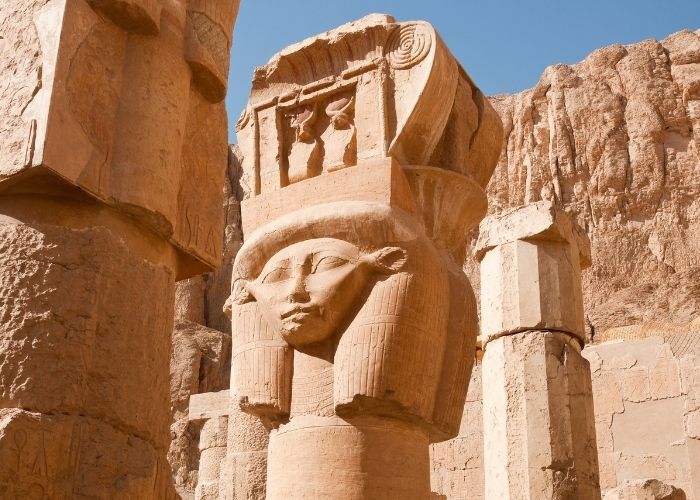CASTILE AND LEON – Spanish archaeologists made a remarkable discovery in Salamanca. While excavating an Iron Age house in the old town centre, they found an amulet of Hathor, the Egyptian goddess of love and fertility.
Archaeologists have been conducting research at the Cerro de San Vicente site in Salamanca since 1990. In 2006 an entire house from the former walled village was uncovered and is now open to the public. The village is about 2,500 years old and dates back to the Iron Age (900-400 BC). While investigating the residence of the village patriarch, archaeologists found a number of remarkable objects. Moreover, they tell us more about the history of Spain.
Mediterranean objects
Among other things, an unusually large number of grain mills were found. This may indicate that the villagers ate meals together. A lot of crockery was also found with images and colours that must have come from the eastern Mediterranean. And that most likely was used to receive guests. Also noteworthy are the ceramic objects, censers and other religious objects. They must have come from the region of the Phoenicians, who settled in the Mediterranean area.
Objects have travelled more than 5,000 kilometers
The most interesting finds, however, were a series of chain beads and an amulet depicting the Egyptian goddess Hathor. It can also be stated with certainty that parts of crockery that have been found come from Egypt or the Syrian-Palestinian coastal area. Therefore, this means these objects travelled a distance of more than 5,000 kilometres. And furthermore, must have been exchanged with the Phoenicians.
According to the archaeologists, the recent findings point to the great social activities of the village patriarch and to social and trade relations with the Phoenicians from the exotic Mediterranean area. This gives the insight, among other things, that the hill on which the site is located was much better connected to long-distance routes than was previously believed. The artifacts from the distant Mediterranean are likely to have been gifts from guests or exchange items, including the special amulet of the Egyptian goddess Hathor.


